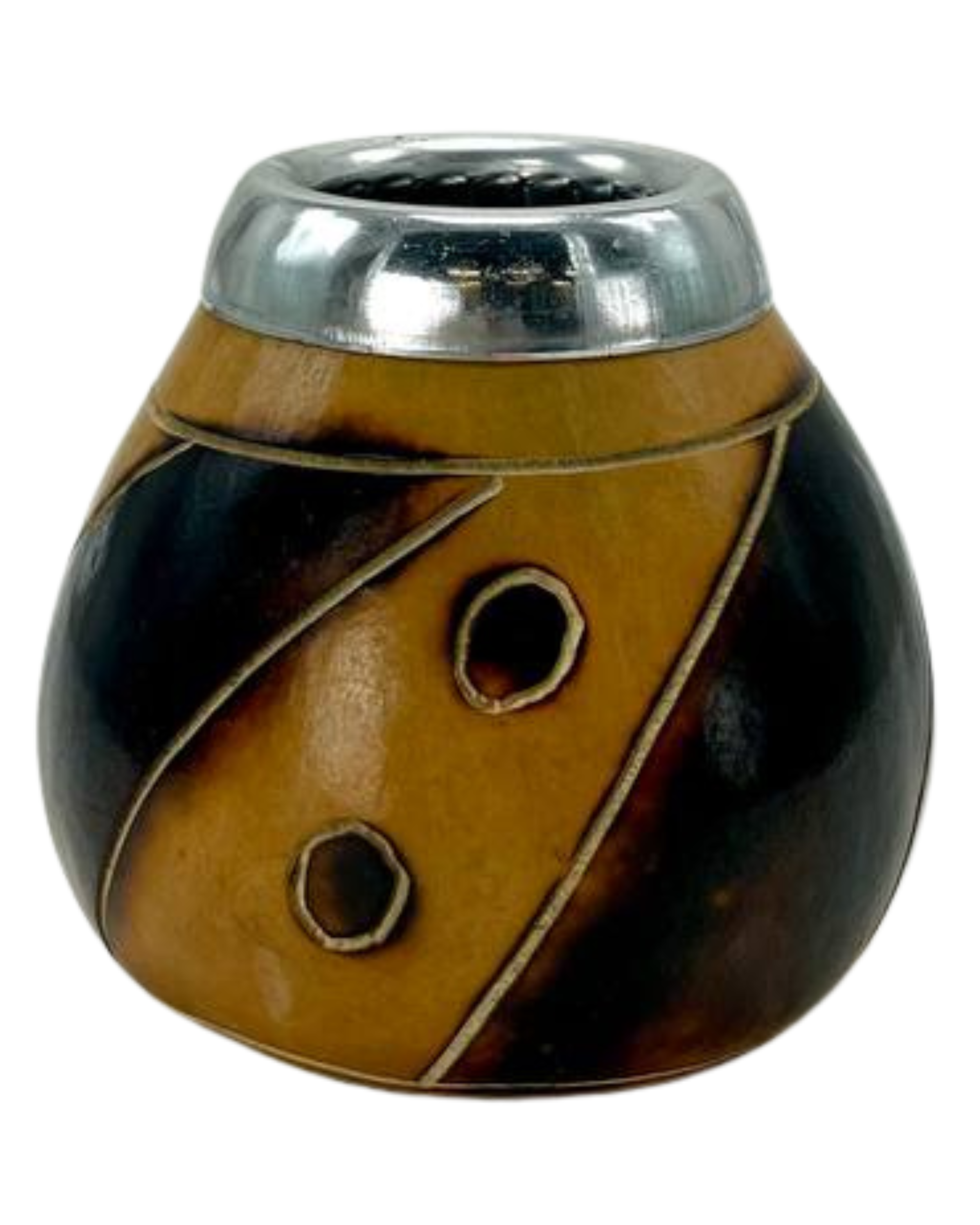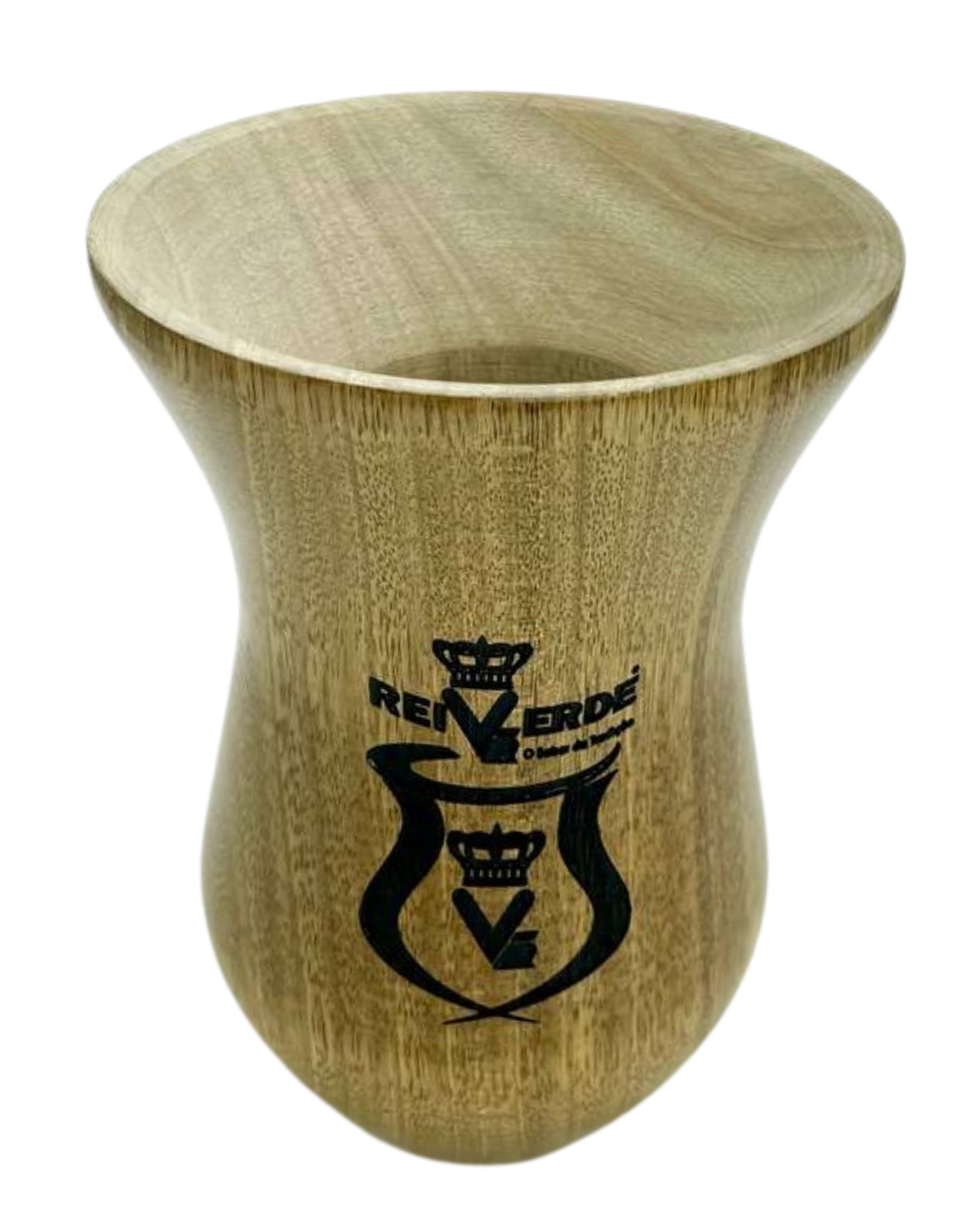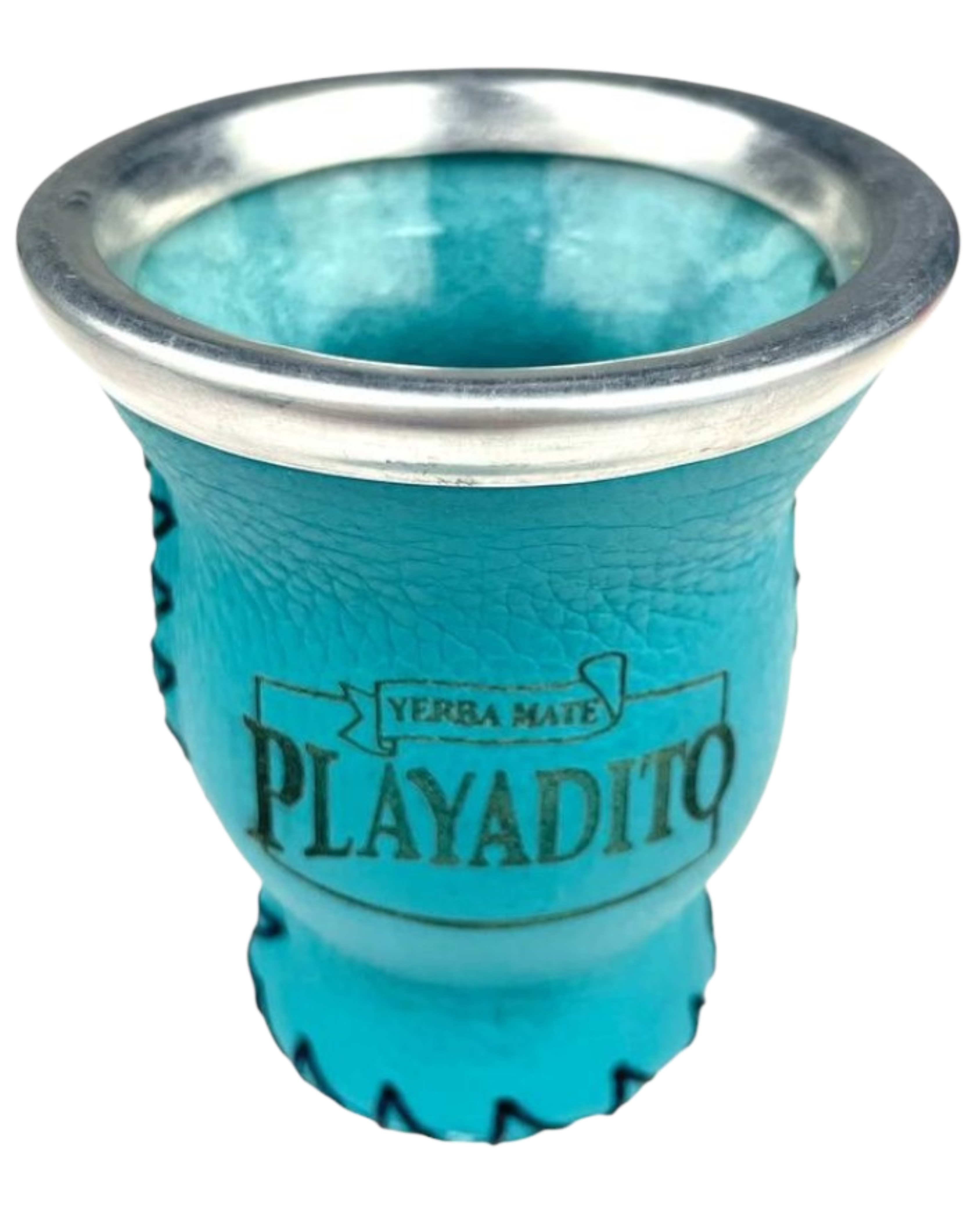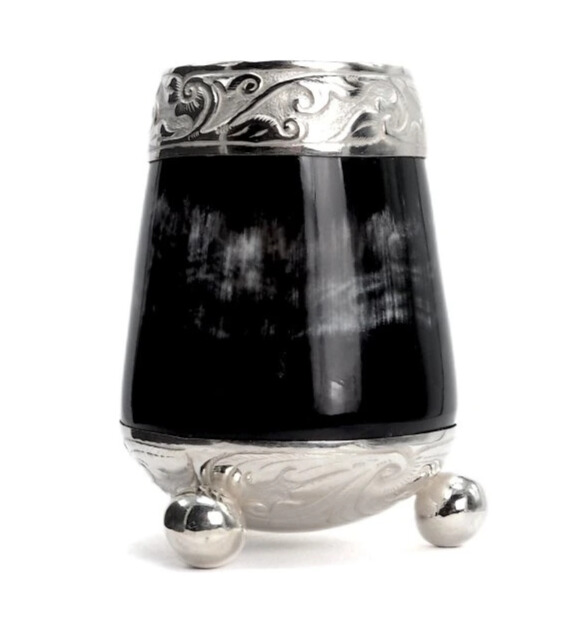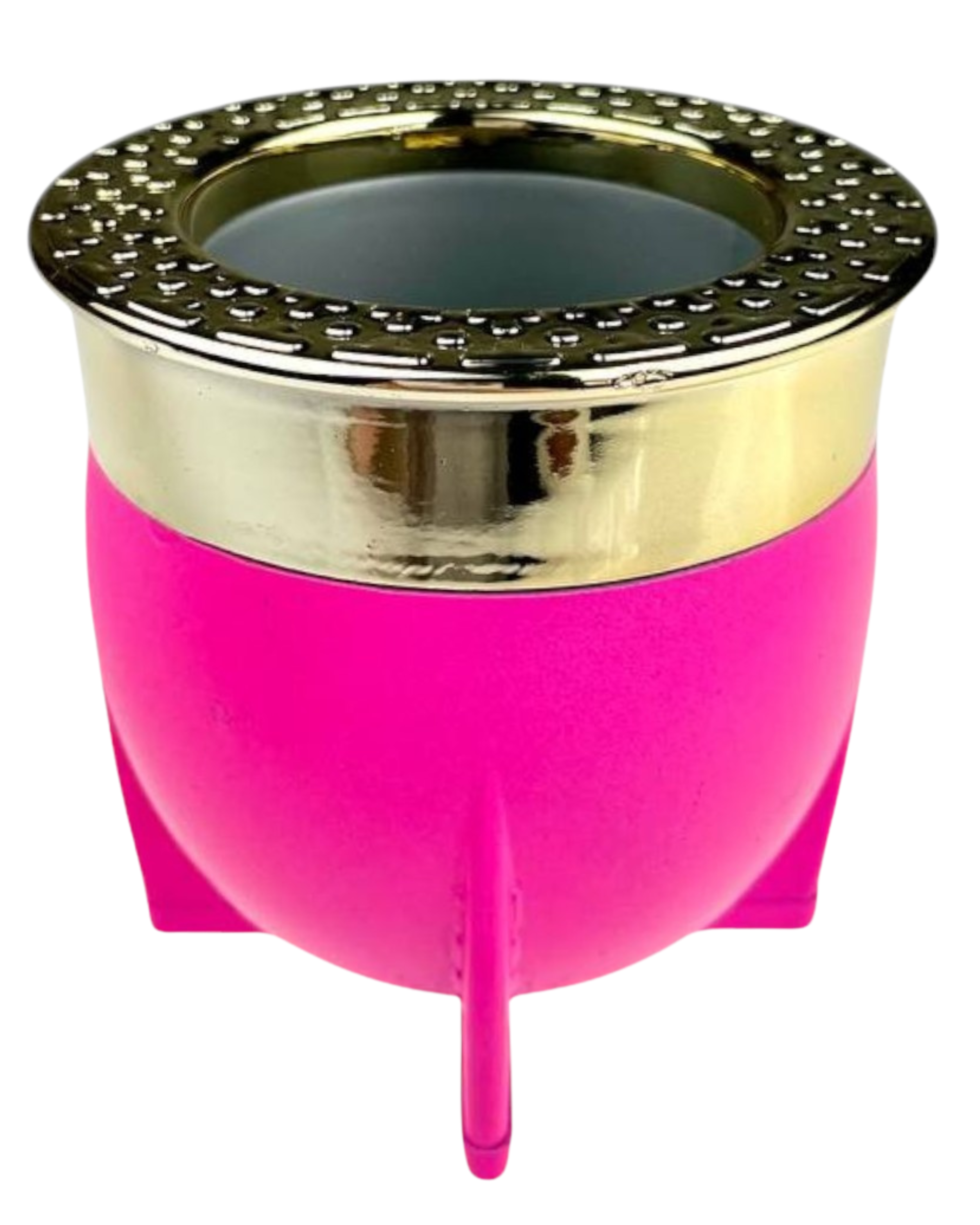Drinking yerba mate is about connection, ritual and roots. The heart of that tradition is the gourd - the cup that infuses soul into every sip.
|
Long before coffee culture swept the globe, the Guaraní people of present-day Paraguay, Argentina and Brazil were cultivating, harvesting, and sipping yerba mate from natural gourds. These cups usually made from dried calabash - were valued not only for their practical use but also for their deep spiritual meaning. The tradition spread and evolved with Spanish colonization, integrating with Catholic monastic rituals and later becoming a national symbol in countries like Argentina and Uruguay. Another traditional touch - a horn gourd (also called a guampa de cuerno or mate de asta) is a cup made from animal horn and used to drink yerba mate - especially in Paraguay, northern Argentina and parts of Brazil. It’s particularly associated with tereré, the cold-brewed version of yerba mate. |
 |
Over centuries, craftsmen began to experiment with materials, adding silver ring, carving wood and modernizing the mate into the diverse forms we see today.
| Type of gourd | Image | Material | Advantages | Disadvantages |
|
Calabash |
Dried calabash |
Deep traditional value Absorb flavor over time Handcrafted look |
Needs curing Prone to mold and cracking if neglecting |
|
| Wooden | Palo Santo |
Adds woody aroma Hold warmth Unique grain patterns |
Can split if not cured properly Flavors may be strong |
|
| Ceramic |
.png) |
Glazed ceramic/stoneware |
Easy to clean Doesn't adjust the taste Stylish |
Fragile No flavor enhancement |
| Glass | Borosilicate/Tempered glass |
Easy to clean Flavor purity Allergy-Friendly |
Fragile Doesn’t keep the warmth Heavy weight |
|
| Stainless steel | Food-grade steel |
Very durable Great temperature control Easy maintenance |
Can feel impersonal Slight metalic taste |
|
| Horn Gourd | Animal horn |
Traditional look Durable Light weight |
Requires proper cleaning Sensitive to heat (best used for cold terere only) May not ally with vegan or ethical preferences |
|
| Silicone |
|
Food-grade silicone |
Light weight Break-proof Low maintenance |
Lacks tradition Slight synthetic taste |
| Plastic | BPA-free plastic |
Light weight Durable Affordable |
Slight plastic taste Enviromental impact |
How to cure the traditional gourd before the first use?
Because it’s organic and porous, before the first use you need to clean it properly, so it helps preserve the taste, prevent mold and build a character of your infusions over times.
To remove the natural bitterness and to seal the pores fill the gourd halfway with used yerba mate leaves. Add hot (not boiling) water and leave it for 24–48 hours. Then, clean out the softened interior gently with a spoon. Rinse with warm water and allow it to dry completely.
How do I take care of the traditional gourd consistently?
During daily usage it’s important to:
- Discard all yerba
- Rinse it with warm water (never with soap as it can absorb the smell of it into walls)
- Dry it upside down to let the moisture go
- Let it get dried naturally, away from direct sun or heat
- Never store while its wet - this breeds mold
If mold has already appeared on your gourd, you need to do the following:
- Gently scrub it with salt and lemon or vinegar
- Rinse thoroughly and dry completely
If the damage is too extensive, unfortunately, your gourd might be retired .. but it's wiser to begin with a new one than compromise your health.
Choosing a mate gourd isn’t only about aesthetic or tradition – it shapes the flavor, temperature and even ritual of yerba mate. Calabash or wood add depth and character, while modern cups provide ease and portability. It’s a balance between honoring the past and embracing the present.
Whether you are sitting under the tree in the Argentine or taking a moment in your apartment in Prague, the gourd is your companion – humble in size but rich in spirit.

